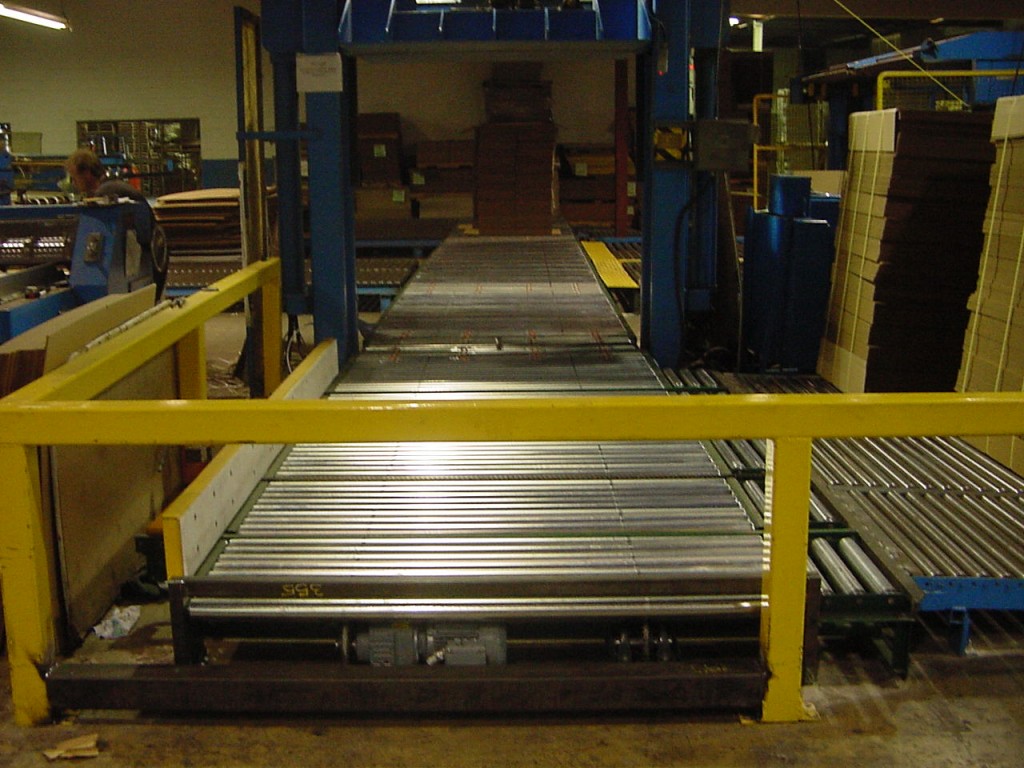5 Important Tips for Conveyor Belt System Maintenance
Conveyor belts are never getting better as time goes by. Despite the interesting market mix of strong
competition and success, factory owners still face big troubles in maintaining the quality of conveyor
belt systems. Unlike wineries, mechanical equipment like the conveyor belt can worn out after
performing a non-stop duty. However, before you invest into a brand new system, here are some tips
for better conveyor belt system maintenance.
1. Hire a maintenance technician.
The most overlooked part of the man power, which most companies often ignore is the maintenance. In
truth, maintenance technicians play important role in maintaining the quality of conveyor belt system
and making sure that they remain functional and efficient, despite the rigors of manufacturing.
Since technicians are trained in their own field of expertise, they can help detect problems in your
conveyor belt system and provide different levels of preventive care and solution to an existing issue. As
you know, conveyor belts can be really technical and if they are not properly maintained, they can shut
down like a neglected car engine. With the right technician, your money is worth than having a damaged
conveyor system, which can make your customers really unhappy.
2. Replace old spare parts.
Spare parts are one of the most important parts of a conveyor belt. When one of them become worn
out, your conveyor belt will start to malfunction. You can’t afford this to happen. So once you hire a
maintenance technician, you should also make sure to have your spare parts checked. Corroded spare
parts should also be replaced with new ones. During the spare parts replacement, you need to make
sure that the screws are properly placed, pulleys and impact loading equipment should be fully
functional, and control equipment are correctly aligned. Keep a safety stock of all crucial and long lead
time conveyor parts in the warehouse, so can immediately have them anytime when you need them.
3. Schedule a system audit and documentation
It is imperative that you regularly check your conveyor belt system. As part of preventive maintenance,
checking and recording the performance of your conveyor belt system helps you discover shortcomings
that could have turned into huge problems if not checked early. Through system audit, you will also
know which parts are falling slowly over time and which are still fully functional. With this record, you
can craft your budget carefully and allocate enough money for repair and maintenance.
4. Repair broken belts and other conveyor system parts
Well, you don’t always have to replace broken conveyor parts. For example, bearings that have gone out
in center drive only needs repair. If the section drive is getting slow, you can check it out and give it
some cleaning. You don’t have to spend money for replacement, especially if it is not necessary.
5. Stay up to date with your system
Even if your conveyor belt system is fully functional, the highly competitive market can push you to
replace them. In truth, you don’t have to wait until your old conveyor belt stops functioning. For
example, if some parts of your conveyor belts are no longer manufactured by companies, you may have
to buy new ones. Staying current with technologies can also help you expand production and beat
consumer expectations.
Conveyor belt system maintenance is definitely a daunting job. However, with the right people on your
workforce, all tasks can come easy. With these tips, you can also help extend the life of your conveyor
belt system beyond the manufacturer’s guaranty.






